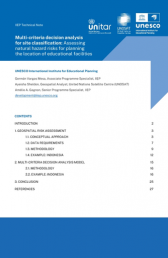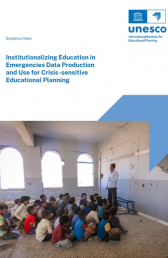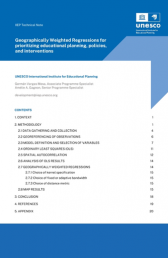
Languages
English
Series
ANTRIEP report
Year
2018
Pages
212 pages
ISBN
978-92-803-1423-6
Online version
About the publication
In the decades to come, demographic change will profoundly influence the development path and policy agendas of countries around the world. It will offer unique opportunities for some, and challenge the socioeconomic development of others. Formulating national education and training policies with attention to demographic trends may help countries embrace development opportunities and face some of the difficulties. The Asian continent is concerned by changing demographic trends. From rapidly ageing societies in China, Japan, and Republic of Korea, to young and fast-growing populations in Bangladesh, India, and Nepal, demographic change is diverse and its analysis complicated. Most research undertaken by economists since the 1970s has focused on human resource development. Fewer studies have looked at the influence of demographic parameters on education policy and long-term resource planning. These concerns led to the regional comparative research project on Education and Demography. It was conducted between 2015 and 2017 by three Members of the Asian Network of Training and Research Institutions in Educational Planning (ANTRIEP) jointly with IIEP. This research analyses how demographic change affects the supply of education and its resource management in Asia. Three countries with different profiles were studied: India, Republic of Korea, and Malaysia. Each case study was based on the country's past and projected demographic trends, its education enrolment pattern, its service supply and demand, and its policy debates. The core objective is to draw lessons for countries' future policies and sector management to help them reach education equity and quality goals.









